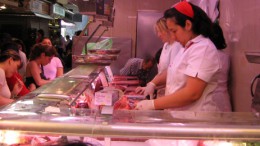Greece: Where did it all go wrong?
ATHENS | By Nick Malkoutzis via MacroPolis | When Greece returned to international bond markets in April this year after a four-year exile, it was trumpeted by Prime Minister Antonis Samaras as another step towards the crisis exit door. “Confidence in our country was confirmed by the most objective judge – the markets,” he said after investors snapped up three billion euros of five-year bonds with a coupon of 4.75 percent. Exactly seven months later, though, the yield on those bonds shot up to almost 10 percent. Suddenly, the markets do not seem so confident. So, what went wrong?





